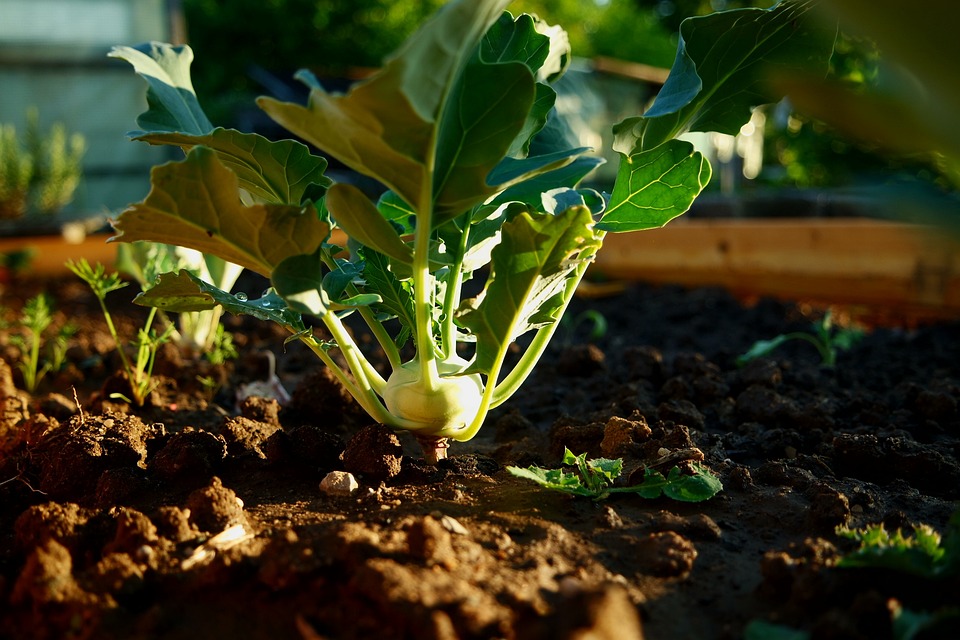Introduction
Gardening is a rewarding and therapeutic hobby, and vegetable gardening in particular allows you to enjoy the fruits of your labor in a very literal sense. To ensure successful harvests and a bountiful yield, mastering key techniques is essential. Whether you’re a beginner or an experienced gardener looking to refine your skills, this article will provide you with valuable tips and tricks for vegetable gardening.
Choosing the Right Location
One of the fundamental aspects of successful vegetable gardening is choosing the right location for your garden. Vegetables thrive in areas with ample sunlight, so look for a spot that receives at least six hours of direct sunlight daily. Additionally, ensure the soil is well-drained to prevent waterlogged roots. If your soil tends to retain water, consider adding organic matter such as compost or peat moss to improve drainage.
Selecting the Right Vegetables
Not all vegetables will grow well in your climate or specific garden conditions. Research what types of vegetables are suitable for your region, taking into account factors such as temperature, humidity, and the length of your growing season. Selecting the right vegetables will increase the chances of a successful harvest.
Proper Soil Preparation
Preparing the soil before planting is crucial for healthy and productive plants. Start by removing any weeds or debris from the planting area. Loosen the soil with a garden fork or tiller to improve aeration and root penetration. It’s advisable to perform a soil test to determine its pH level and nutrient content. Adjust the pH if necessary, and incorporate organic matter like compost or well-rotted manure to enrich the soil.
Watering and Irrigation
Watering is a critical aspect of vegetable gardening, and it’s important to provide adequate moisture for optimal growth. Generally, vegetables require about an inch of water per week, either from rainfall or manual watering. The best time to water is during early morning or late afternoon, as this allows the plants to absorb moisture before the sun’s intensity peaks. Applying mulch around the base of plants also helps retain soil moisture and suppresses weed growth.
Proper Plant Spacing
Spacing your plants appropriately ensures they have room to grow and receive sufficient nutrients and sunlight. Overcrowding can lead to competition for resources and increased risk of diseases. Refer to seed packets or plant labels for recommended spacing guidelines. Additionally, consider implementing companion planting to maximize space usage and repel pests naturally.
Pest Control
Garden pests can quickly damage your vegetable plants if not controlled effectively. Monitor your garden regularly for signs of pests and early symptoms of plant diseases. Implement preventive measures such as using physical barriers like row covers, companion planting, and practicing good garden hygiene. If pest infestations occur, consider organic insecticides or biological controls to minimize damage.
Harvesting and Crop Rotation
Knowing when and how to harvest your vegetables is crucial to their quality and productivity. Each vegetable has different harvesting requirements, so familiarize yourself with the specific guidelines for your chosen plants. Additionally, practice crop rotation by changing the position of vegetable families each year to prevent the buildup of disease and nutrient depletion in the soil.
FAQs
Q: How often should I water my vegetable garden?
A: Generally, vegetables require about an inch of water per week. However, this may vary depending on factors such as weather conditions and the specific needs of different vegetables. Monitor the soil moisture and adjust your watering schedule accordingly.
Q: Can I plant vegetables in containers?
A: Absolutely! Many vegetables can be successfully grown in containers, including tomatoes, peppers, lettuce, and herbs. Just make sure the containers have drainage holes and provide adequate sunlight, water, and nutrients for your plants.
Q: How do I know when to harvest my vegetables?
A: Harvesting times vary for each vegetable, but as a general rule, pay attention to their size, color, and texture. Vegetables like tomatoes should be fully ripened and firm, while leafy greens can be harvested when they reach the desired size.




